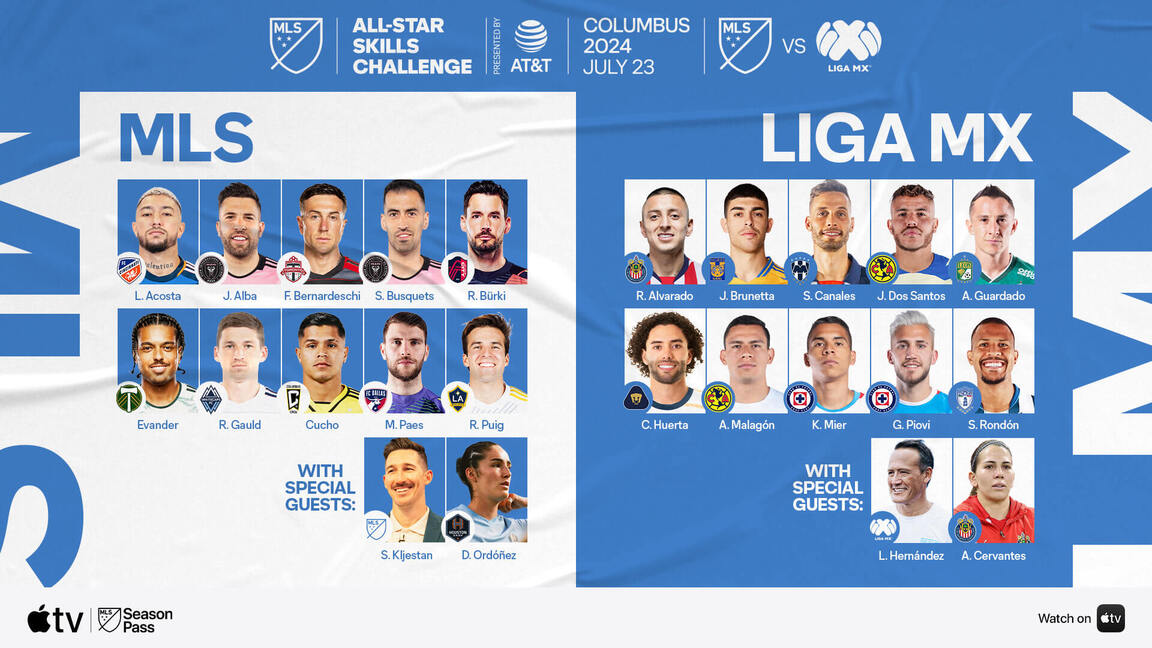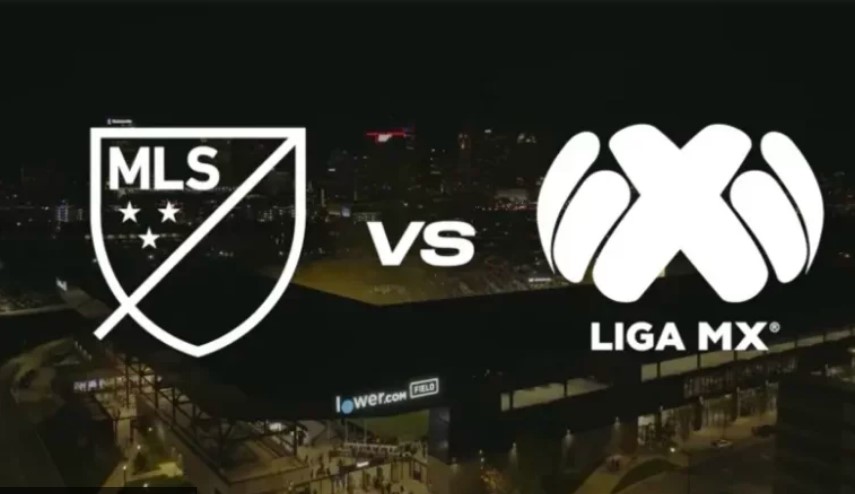
Is Liga MX still ahead, or has MLS caught up in the race for footballing dominance? Let’s explore who has the edge in 2025 when it comes to raw talent and rising stars.
A Rivalry Beyond the Scoreboard
North America is no longer just watching European football—it’s creating its own global rivalry. Liga MX and MLS, the two giants of North American soccer, are now competing for more than trophies. They’re battling for relevance, recognition, and the title of the best talent hub on this side of the world.
In 2025, that question has only become more intense: Which league truly has the better talent pool? Is it Mexico’s tried-and-tested system that keeps producing stars? Or is it the USA and Canada’s Major League Soccer, finally reaping the rewards of decades of investment?
Let’s break it down and settle this debate.

🟢 Liga MX: Tradition, Technique, and Tenacity
When you think of Liga MX, you think of flair, grit, and history.
For decades, Liga MX has been the heartbeat of football in the region. It’s where streetball skills meet tactical discipline. Mexican clubs like Club América, Tigres, and Chivas have long nurtured players who go on to shine internationally.
🔹 What Makes Liga MX Special?
- Homegrown Development: From a young age, Mexican players grow up with a ball at their feet. The technical foundation is deep.
- High-pressure games: The intensity of derbies and playoff matches in Liga MX builds mental toughness.
- Established scouting networks: Many Liga MX clubs have refined the art of identifying and developing raw talent across Mexico and South America.
In 2025, Liga MX is still producing players who dazzle with their creativity and resilience. But the question remains—are they being overshadowed by MLS’s evolution?
🔵 MLS: The Fast-Rising Contender
Not long ago, MLS was considered a retirement league. Older European stars would come for a final paycheck, and that was that.
But those days? Long gone.
In 2025, MLS is a breeding ground for young, hungry, and skilled athletes from all over the Americas—and even beyond.
🔵 What’s Changed for MLS?
- Youth Academies Are Thriving: Clubs like Philadelphia Union and FC Dallas have invested heavily in producing local talent.
- South American Imports: MLS is now a top destination for young stars from Argentina, Brazil, and Colombia looking to make their mark.
- Better Coaching & Facilities: State-of-the-art infrastructure is helping mold talent faster than ever.
Now, players from MLS aren’t just moving to Europe—they’re excelling there. And that says something.
🎯 Head-to-Head Comparison: Liga MX vs MLS in 2025
Let’s compare the two leagues across key talent metrics:
| Attribute | Liga MX | MLS |
|---|---|---|
| Homegrown Player Focus | Strong, established system | Rapidly improving, more diverse |
| International Talent Pool | Mostly Latin American & local talent | Global reach, younger foreign stars |
| European Transfers | Some high-level exports | Increasing numbers to top clubs |
| Technical Ability | Creative, skilled, tactically sharp | Athletic, fast-paced, modern style |
| Youth Development | Deep roots in local training | Innovative academies with new methods |
Both leagues are thriving in their own way. But their paths are different—and that’s what makes the rivalry so exciting.
🧠 Style Matters: Different Philosophies, Equal Passion
What’s fascinating about this debate is how differently the two leagues approach talent.
Liga MX often emphasizes ball control, dribbling, and decision-making under pressure. Players from this league tend to be technically elegant and thrive in high-stakes moments.
MLS, on the other hand, leans into physicality, speed, and versatility. Players are athletic, tactically aware, and often trained with an eye toward adapting to European football.
So if you’re looking for raw creativity and street-style flair, Liga MX might win. But if you’re measuring adaptability and modern football readiness, MLS is now right there with them.
🌍 Impact on the International Stage
Let’s not ignore the bigger picture: national team performance.
Mexico still relies heavily on Liga MX talent, while the USA’s national team now features a blend of MLS graduates and Europe-based pros.
Interestingly, players from both leagues are now moving abroad at younger ages, signaling global recognition of their development. In 2025, scouts from Europe aren’t just watching—they’re signing.
This shift shows one thing clearly: North America is no longer just a buyer of talent; it’s now a serious exporter.
🎇 Rising Stars to Watch (Without Naming Real-World Players)
While we won’t name actual individuals, both leagues are nurturing young midfield maestros, speedy wingers, and solid defenders who are already drawing attention.
In MLS, look out for the new wave of homegrown playmakers and South American forwards lighting up the scoreboard.
In Liga MX, the next generation of ball-playing defenders and aggressive attacking midfielders are catching the eye with their decision-making and maturity beyond their years. \
🏁 Conclusion: So, Who Has the Better Talent?
Truthfully, it’s not about who’s better—it’s about how both leagues are pushing each other to get better.
- Liga MX has tradition, technical brilliance, and passionate fans that fuel performance.
- MLS has momentum, modernity, and a growing belief that it belongs on the world stage.
In 2025, the lines are blurring. The once-clear gap is now a competitive overlap. And that’s a great thing for football in North America.
Whether you’re Team Liga MX or Team MLS, one thing’s for sure: the future of football on this continent has never looked brighter.
🙋♂️ FAQs: Liga MX vs MLS Talent 2025
Q1: Is Liga MX still more competitive than MLS?
Liga MX offers a high level of intensity and tradition, but MLS has closed the gap in terms of depth and quality.
Q2: Which league exports more players to Europe in 2025?
MLS has seen a surge in young players moving to European clubs recently, but Liga MX still maintains a steady export pipeline.
Q3: Which league is better for developing young players?
Both are excellent, but MLS’s structured academies and international exposure make it an increasingly attractive option for young talent.
Q4: Will these leagues ever merge?
While a full merger isn’t on the table now, increased collaboration and competition suggest deeper ties in the future.



